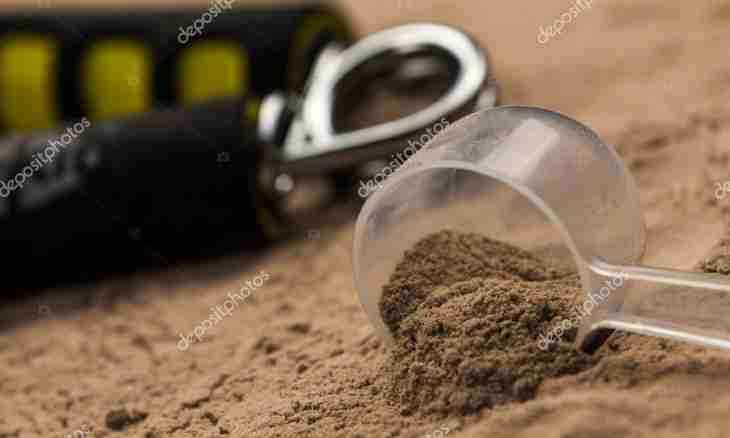Calcium phosphate (other names – calcium ortho-phosphate, trikaltsiyfosfat) – the inorganic salt having formula Sa3(RO4) 2. Its appearance – the colourless crystals which often have different color shades from light gray to cream-pink, almost insoluble in water. This substance plays an important role in life of people and also all vertebral beings as their bones and teeth mainly consist of it. Phosphate of calcium is widely applied in the different fields of the industry and agriculture.
It is required to you
- - any reactionary capacity - sodium phosphate solution;
- - calcium chloride solution;
- - sodium phosphate solution;
- - glass funnel with the paper filter;
- - capacity for discharge of soluble products of reaction.
Instruction
1. For a start you need to prepare hinge plates of the following salts: phosphate sodium, calcium chloride. Their quantities it is possible to calculate reactions by the following formula: 2Na3PO4 + 3CaCl2 = Ca3(PO4)2 + 6NaCl. At the same time consider the molar mass of each element and coefficients. Remember that the molar mass of two molecules of phosphate of sodium (328) is very close to the molar mass of three molecules of chloride of calcium (333) for this reason for simplification of calculations it is possible to recognize them as identical and to take, respectively, identical amounts of initial substances. For example, on one gram.
2. After that pour out above-mentioned salts in test tubes or in small laboratory glasses. Gradually add water and mix, do it before full dissolution of components. It is possible one of salts (indifferently what) to dissolve directly in reactionary capacity, for example, in a small flat-bottomed flask with a wide throat. If there is no capacity near at hand, it is possible to use also a usual laboratory glass.
3. Then mix solutions of salts in reactionary capacity. Immediately white "suspension" which with high speed will drop out in a deposit has to be formed.
4. Then separate a calcium phosphate deposit from sodium chloride solution by means of filtering. For this purpose the glass funnel with the paper filter is necessary for you, slowly pour in it in the formed solution.
5. Further it is possible just to dry up the received product on air or in any aired room within several hours. Remember that it is pretty fast dehydrated, at the same time taking a crystal form.

